Junlin Hou
My research interest is in explainable artificial intelligence for medical imaging, at an intersection of machine learning, computer vision, and medical imaging.

My research interest is in explainable artificial intelligence for medical imaging, at an intersection of machine learning, computer vision, and medical imaging.

Dr. Junlin Hou is a Post-doctoral Fellow at the Department of Computer Science and Engineering, The Hong Kong University of Science and Technology (HKUST). She obtained her Ph.D. from the School of Computer Science, Fudan University in 2023. She received her B.S. degree in Mathematics and Applied Mathematics from Shanghai University in 2018. She has published 30+ papers in top-tiered conferences and journals, including CVPR, ICCV, ECCV, PR, etc. She served as a reviewer for IEEE TMI, MICCAI, ICCV, etc. She has also served as the guest editor for CMIG special issue on Trustworthy AI for Medical Imaging and the program chair for IJCAI 2024 workshop on TAI4H. She also led the team winning 10+ medical grand challenges. Her current research interest is in explainable artificial intelligence for healthcare.
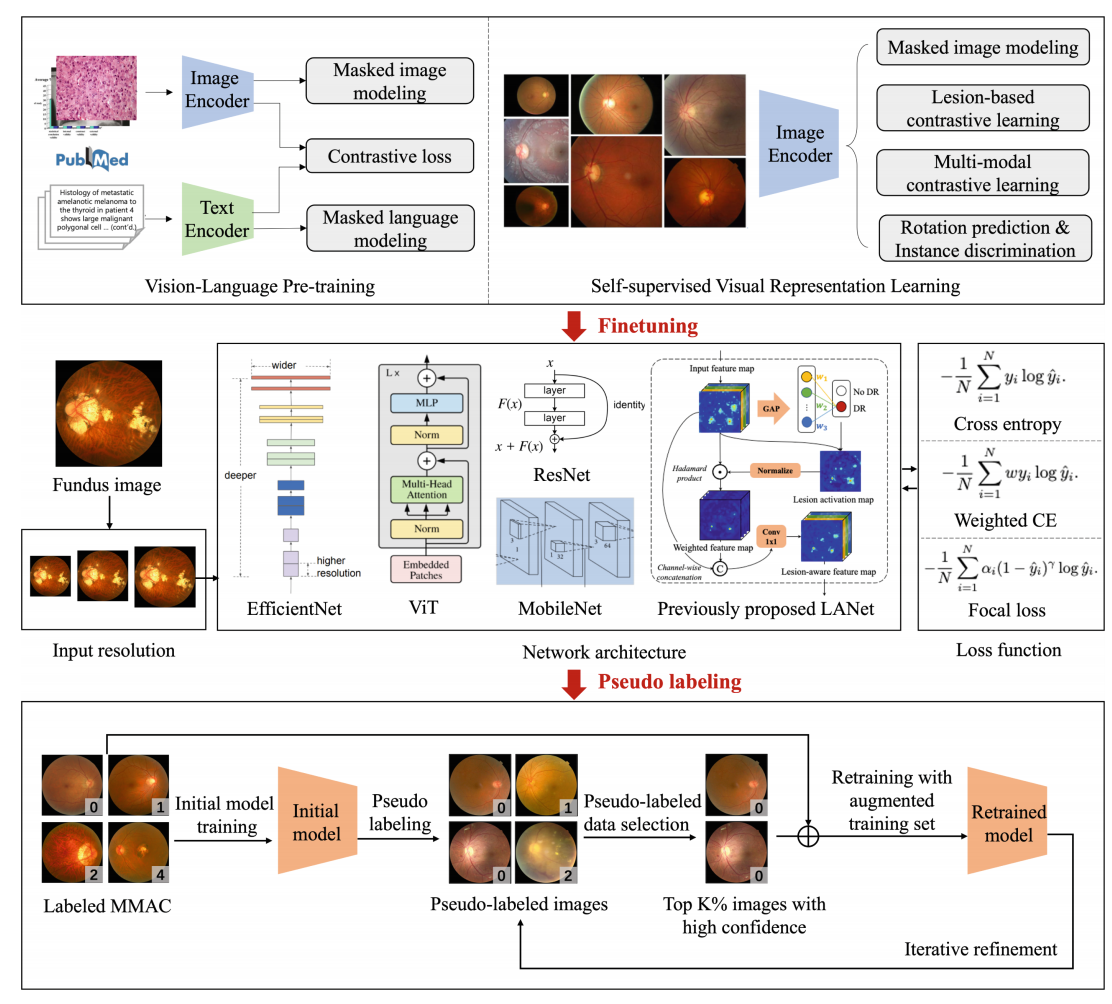
A label-efficient deep learning framework for myopic maculopathy classification.
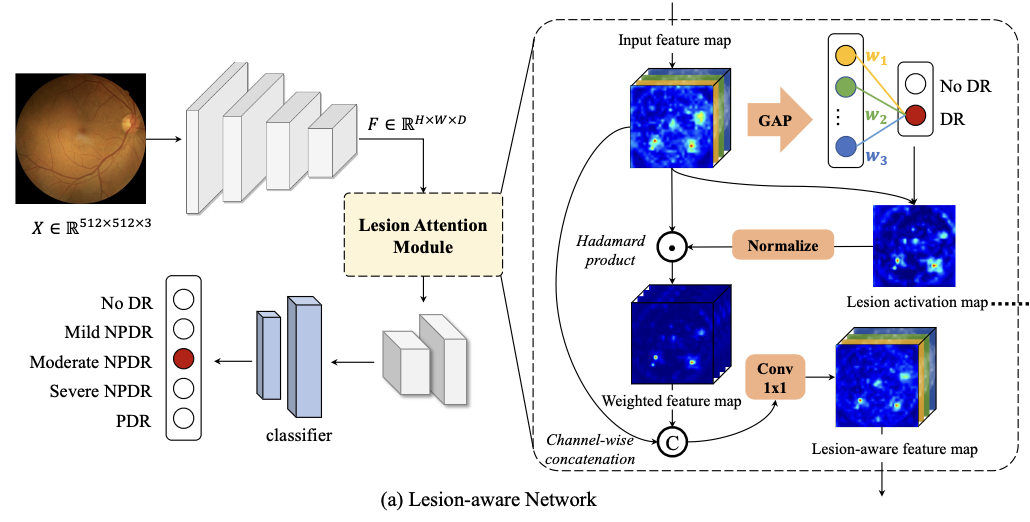
A novel weakly-supervised lesion-aware network for DR grading, which enhances the discriminative features with lesion priors by only image-level supervision.
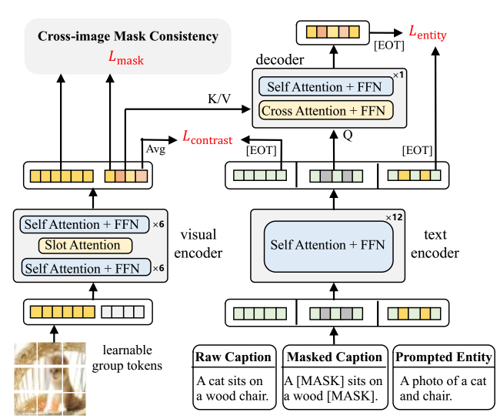
Training open-vocabulary semantic segmentation models with image-text pairs only, which enables zero-transfer to various segmentation datasets.
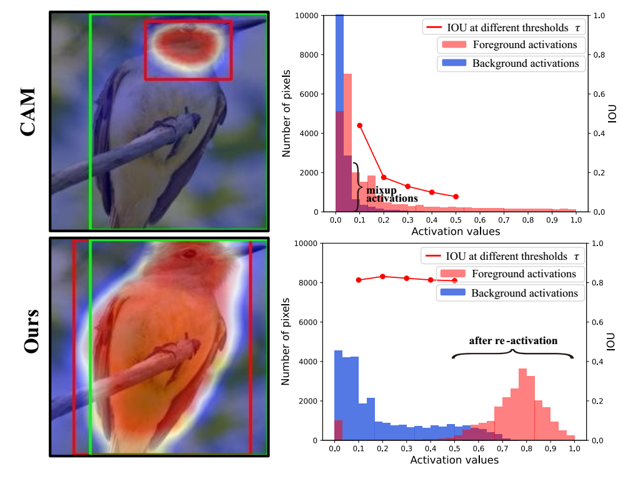
A weakly-supervised object localization model that generates better CAMs via soft-clustering algorithms.
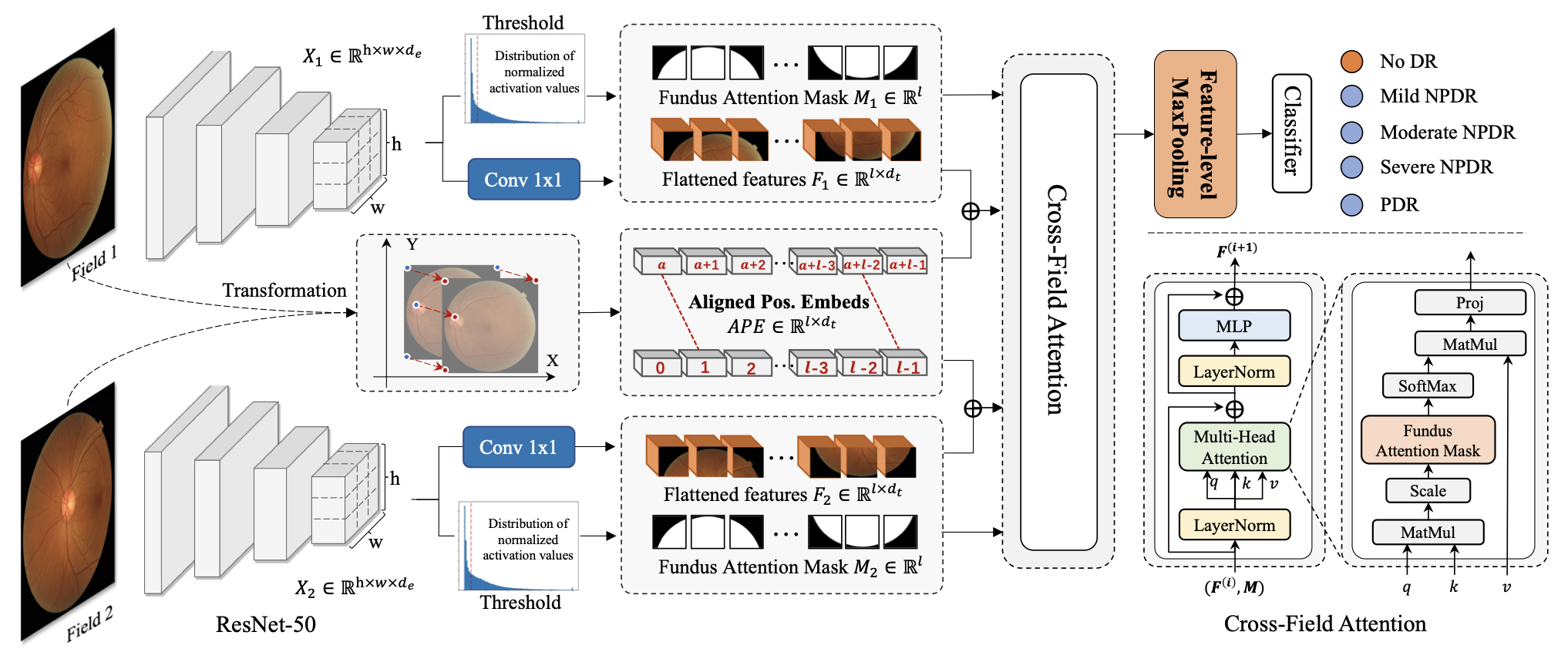
A new benchmark dataset (DRTiD) for two-field DR grading. A novel DR grading approach, namely Cross-Field Transformer (CrossFiT), to capture the correspondence between two fields as well as the long-range spatial correlations within each field.
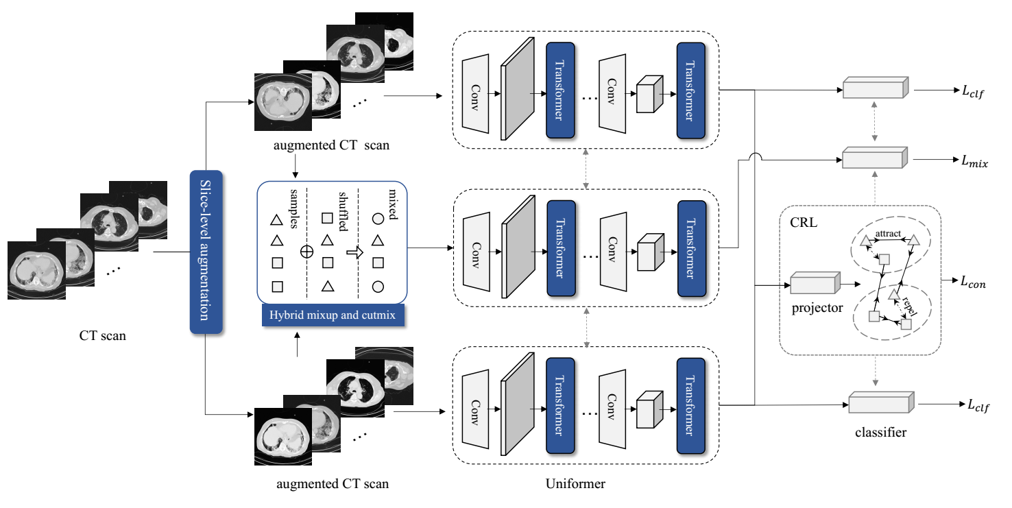
A Transformer-based model with contrastive representation enhancement. Winner of the 2nd COVID-19 Detection in ECCV 2022.
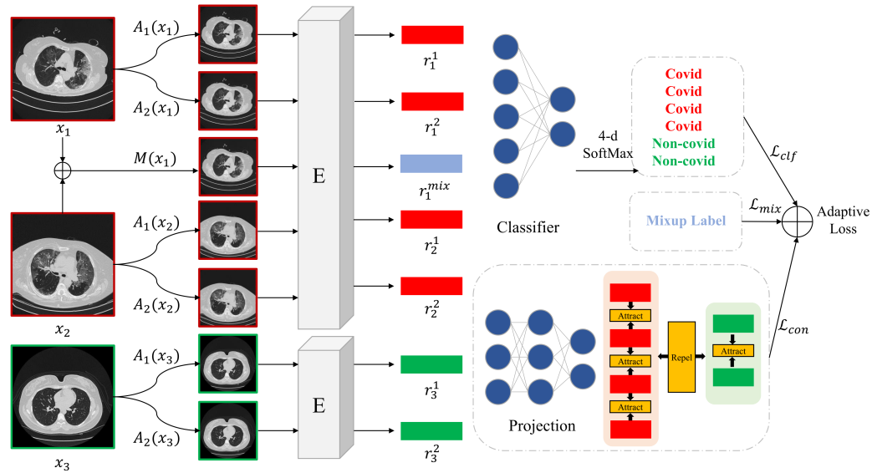
A ResNest-50 model combined with contrastive mixup technique for 3D COVID-19 CT image classification. Winner of the 1st COVID-19 detection challenge.

A novel diagnosis approach with spatial pattern prior and representation enhancement mechanism is proposed to distinguish COVID-19 in the complex scenario of multi-type pneumonia classification.
Workshop/Challenge Organizer:
Reviewer:
Teaching Assistant: Theory of Computation